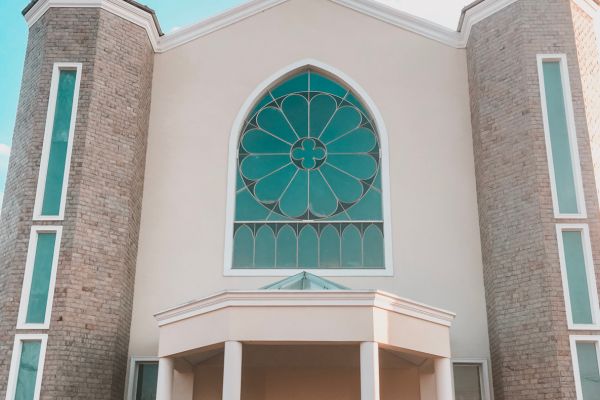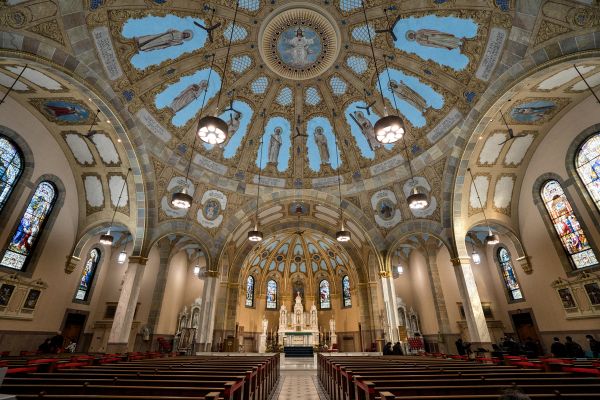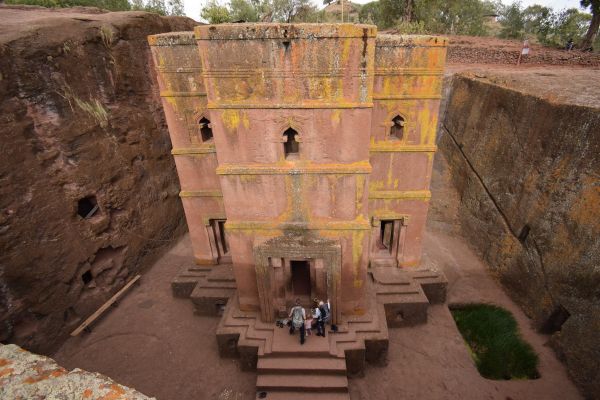Churches play a vital role in communities, providing spiritual guidance, and social support, and often serving as centers for charitable activities. As congregations grow or existing structures age, many churches find themselves in need of new or renovated buildings. However, financing such projects can be challenging. This comprehensive guide explores church building loans, offering valuable insights for religious organizations seeking to fund their construction or renovation projects.
Understanding Church Building Loans
Church building loans are specialized financial products designed to help religious organizations fund the construction, purchase, or renovation of worship facilities. These loans differ from traditional commercial loans due to the unique nature of churches as non-profit entities and the specific requirements of religious buildings.
Types of Church Building Loans
- Construction Loans: These short-term loans finance the building of new church facilities from the ground up.
- Renovation Loans: Used to update, expand, or repair existing church buildings.
- Purchase Loans: Help churches acquire existing buildings to convert into places of worship.
- Refinancing Loans: Allow churches to restructure existing debt on more favorable terms.
Key Factors in Church Building Loans
Loan-to-Value Ratio
The loan-to-value (LTV) ratio is a crucial factor in church-building loans. Lenders typically offer between 65% to 80% of the property’s value. This means churches need to have a significant down payment or equity in the property.
Interest Rates
Interest rates for church-building loans can be fixed or variable. Fixed rates provide stability in budgeting, while variable rates may offer lower initial payments but carry the risk of increasing over time.
Repayment Terms
Repayment terms for church-building loans usually range from 20 to 30 years. Some lenders offer interest-only periods during construction, followed by amortized payments once the project is complete.
Collateral
Most church-building loans require the church property itself as collateral. In some cases, additional assets may be needed to secure the loan.
Qualifying for a Church Building Loan
Securing a church building loan requires meeting specific criteria set by lenders. Here are key factors that influence loan approval:
Financial Health
Lenders will scrutinize the church’s financial statements, including income statements, balance sheets, and cash flow projections. A history of stable or growing income is crucial.
Membership and Attendance Trends
Growing or stable membership and attendance numbers demonstrate the church’s viability and ability to repay the loan.
Leadership Stability
Lenders prefer churches with stable leadership and a clear succession plan.
Debt Service Coverage Ratio
This ratio measures the church’s ability to cover loan payments with its income. A higher ratio indicates better financial health.
Credit History
The church’s credit history and that of its leadership can impact loan approval and terms.
The Application Process
Applying for a church building loan involves several steps:
- Gather Documentation: Prepare financial statements, membership records, and project plans.
- Research Lenders: Look for lenders specializing in church loans, including banks, credit unions, and specialized religious lenders.
- Submit Application: Provide all required documentation and complete the lender’s application form.
- Property Appraisal: The lender will typically require an appraisal of the property.
- Underwriting: The lender reviews the application and assesses the church’s creditworthiness.
- Loan Approval and Closing: If approved, review and sign loan documents, then close the loan.
Alternatives to Traditional Church Building Loans
While traditional loans are common, churches have other financing options:
Bond Programs
Some churches issue bonds to their members or the public to raise funds for building projects.
Crowdfunding
Online platforms can help churches raise money from supporters for specific projects.
Denominational Loans
Some religious denominations offer loan programs to member churches.
Capital Campaigns
Churches can run fundraising campaigns to collect donations for building projects.
Managing Church Building Loan Repayments
Repaying a church building loan requires careful financial management:
Budgeting
Create a detailed budget that prioritizes loan repayments while maintaining other essential church operations.
Increasing Revenue
Explore ways to increase donations or generate additional income to support loan repayments.
Cost Reduction
Look for areas where expenses can be reduced without compromising the church’s mission.
Loan Monitoring
Regularly review loan terms and explore refinancing options if more favorable terms become available.
Legal and Tax Considerations
Churches must navigate specific legal and tax issues when taking on building loans:
Non-Profit Status
Ensure that loan-related activities do not jeopardize the church’s tax-exempt status.
Zoning Laws
Comply with local zoning regulations for religious buildings.
Property Taxes
Understand how the loan and property use may affect property tax exemptions.
Conclusion
Church-building loans provide vital financial support for religious organizations looking to expand or improve their facilities. By understanding the types of loans available, qualification criteria, and the application process, churches can make informed decisions about financing their building projects. With careful planning and management, a church building loan can be a powerful tool for growth and community service.
Frequently Asked Questions
- Q: How much of a down payment is typically required for a church building loan? A: Down payments for church building loans usually range from 20% to 35% of the total project cost. The exact amount depends on factors like the church’s financial health and the lender’s policies.
- Q: Can a new church qualify for a building loan? A: While it’s more challenging, new churches can qualify for building loans. They may need to demonstrate strong financial projections, have a solid business plan, and possibly provide additional collateral or guarantors.
- Q: Are interest rates for church-building loans higher than commercial loans? A: Interest rates for church building loans are often comparable to commercial real estate loans. However, they may be slightly higher due to the specialized nature of church properties and the perceived risk.
- Q: Can a church use a residential mortgage for a small property purchase? A: Generally, churches cannot use residential mortgages for property purchases, even for small properties. Church loans fall under commercial lending regulations and require specific types of loans designed for religious organizations.
- Q: How long does the church building loan application process typically take? A: The application process for a church building loan can take anywhere from 30 to 90 days, depending on the complexity of the project, the completeness of the application, and the lender’s processes.
- Q: Are there government-backed loans available for church-building projects? A: Unlike residential or some commercial properties, there are no government-backed loan programs specifically for church buildings due to the separation of church and state. Churches typically rely on private lenders or denominational loan programs.
- Q: What happens if a church defaults on its building loan? A: If a church defaults on its building loan, the lender may foreclose on the property used as collateral. This could result in the church losing its building and potentially its ability to continue operations in that location.
- Q: Can a church refinance its building loan? A: Yes, churches can refinance their building loans. Refinancing can help secure better interest rates, adjust repayment terms, or consolidate multiple loans into a single payment.
- Q: Are there restrictions on how a church can use a building loan? A: Church building loans are typically restricted to the purchase, construction, or renovation of church facilities. Funds generally cannot be used for operational expenses or non-building-related costs.
- Q: How does a lender assess a church’s ability to repay a loan? A: Lenders assess a church’s repayment ability by reviewing financial statements, and membership trends, giving history, and calculating ratios like the debt service coverage ratio. They also consider the church’s leadership stability and overall financial management.







